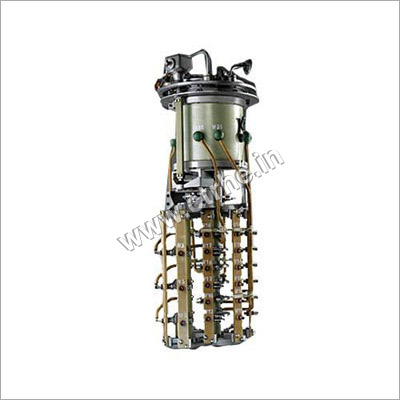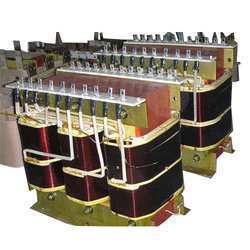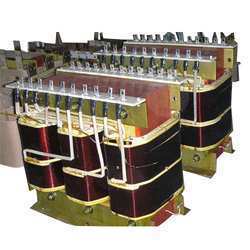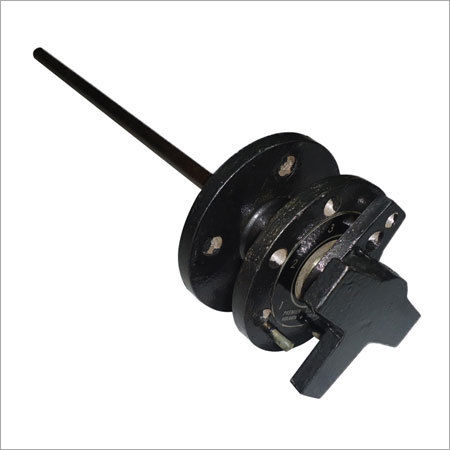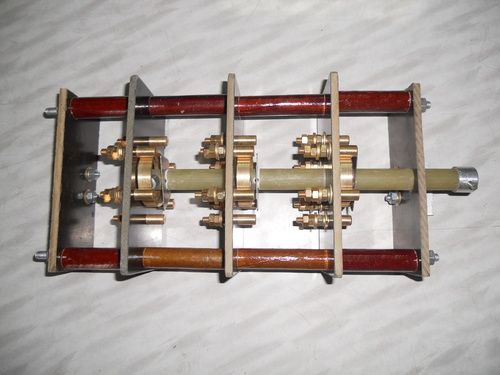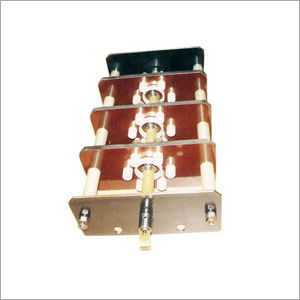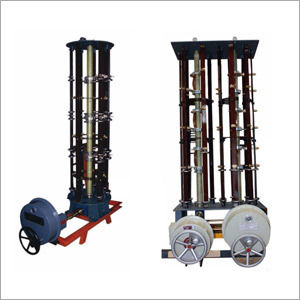Since our inception in 1972, we have been engaged in manufacturing, exporting and supplying the best quality Linear Tap Switch. This switch is manufactured using the top quality basic materials and cutting-edge techniques under the stern guidance of our deft professionals. The provided switch is extensively used in transformer for regulating the obtained voltage with the requirement level. Apart from this, the offered Linear Tap Switch is available for our client at the most economical prices. Features: High durability Optimum performance Easy to fit Sturdy design Off Circuit Tap Switch - Linear TypeWe supply Linear Type Off Circuit Tap Switch having the following specificationsSpecifications : 11 kV / 33 kV Class 30 Amps and 60 Amps 5 and 7 Positions 3 Phase Available with Nylon and Aluminium Knobs MORE ABOUT OFF CIRCUIT TAP SWITCHAlso called No-Load Tap Changer (NLTC), off-circuit tap changer, or De-Energized Tap Changer (DETC).In low power, low voltage transformers, the tap point can take the form of a connection terminal, requiring a power lead to be disconnected by hand and connected to the new terminal. Alternatively, the process may be assisted by means of a rotary or slider switch.Since the different tap points are at different voltages, the two connections can not be made simultaneously, as this would short-circuit a number of turns in the winding and produce excessive circulating current. Consequently, the power to the device must be interrupted during the switchover event. Off-circuit or de-energized tap changing (DETC) is sometimes employed in high voltage transformer designs, although for regular use, it is only applicable to installations in which the loss of supply can be tolerated. In power distribution networks, transformers commonly include an off-circuit tap changer on the primary winding to accommodate system variations within a narrow band around the nominal rating. The tap changer will often be set just once, at the time of installation, although it may be changed later during a scheduled outage to accommodate a long-term change in the system voltage profile.




